
5, 6, 7, 8 ...
Creative Confidence
Entertainment, Film & TV
2025
Creative Confidence empowers the next generation of actors with the skills to navigate professional sets and stages safely and confidently. Specializing in trained intimacy coordination and workshops for youth, Creative Confidence is all about building strong communication, establishing clear boundaries around consent, and ultimately preventing harmful practices in the entertainment industry right from the start.
I designed a punchy identity for Creative Confidence, inspired by the language of enthusiastic consent—a concept that celebrates openness, mutual respect, and unapologetic self-expression.
The brand features vibrant, GenZ–friendly and queer-forward color palette, assertive type treatment, and a playful tone of voice with tongue-in-cheek references that embrace themes of intimacy and sexuality with humor and honesty. Motion design introduces dynamic elements that echo the brand’s focus on individuality, taking up space and communicating boundaries.
The result is a playful yet purposeful system that empowers young performers to be outspoken, clear, and confidently themselves.






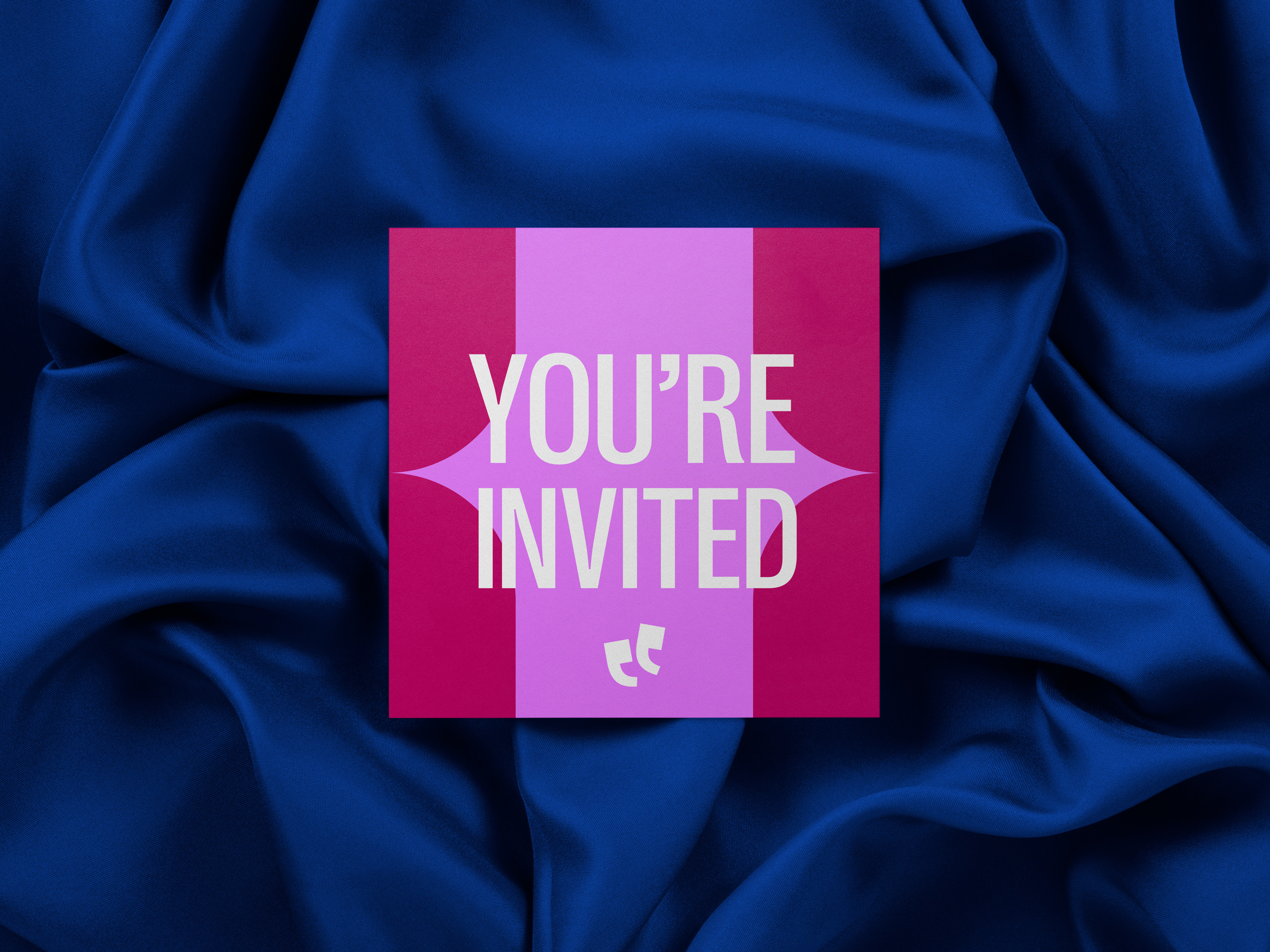

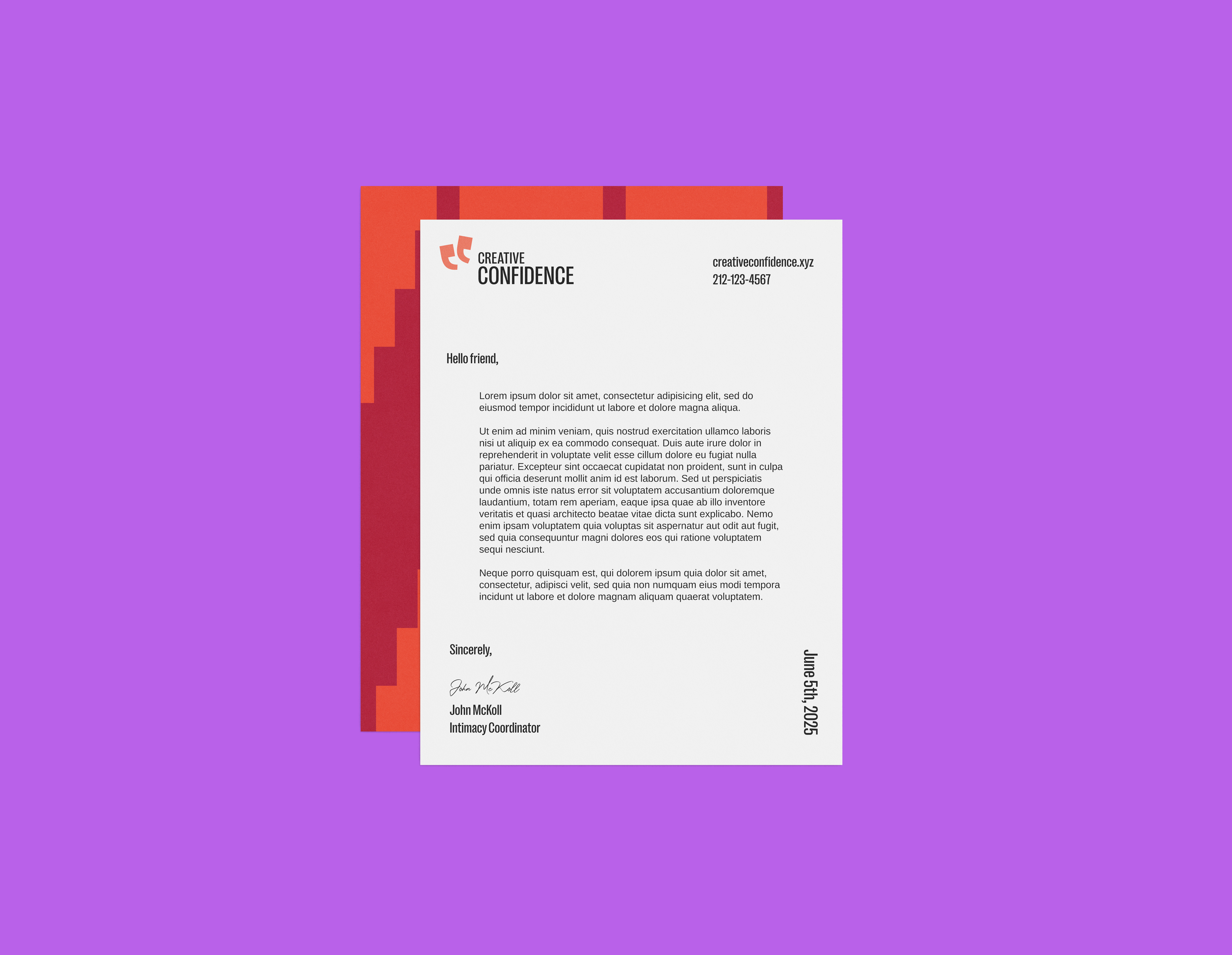


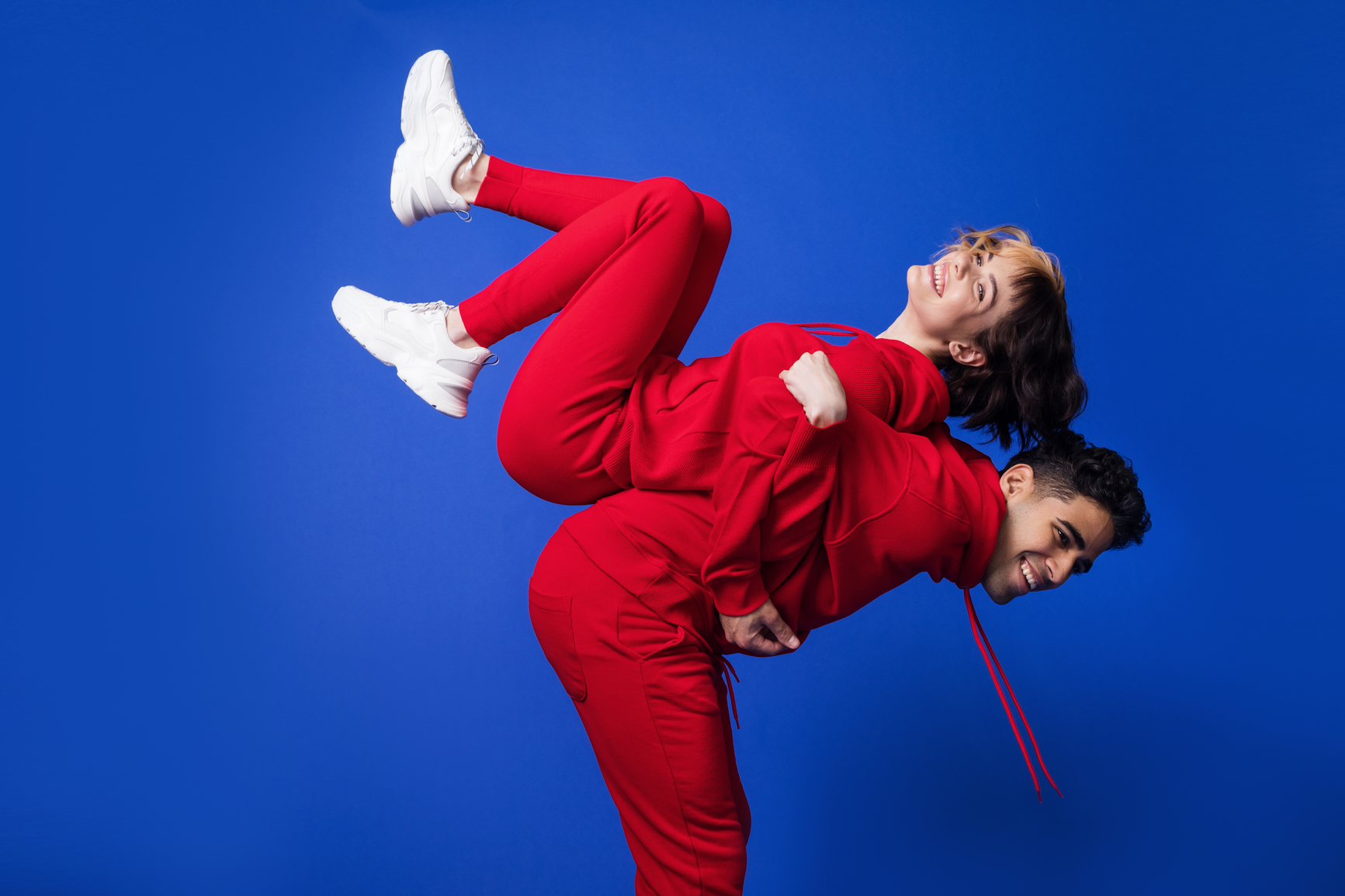
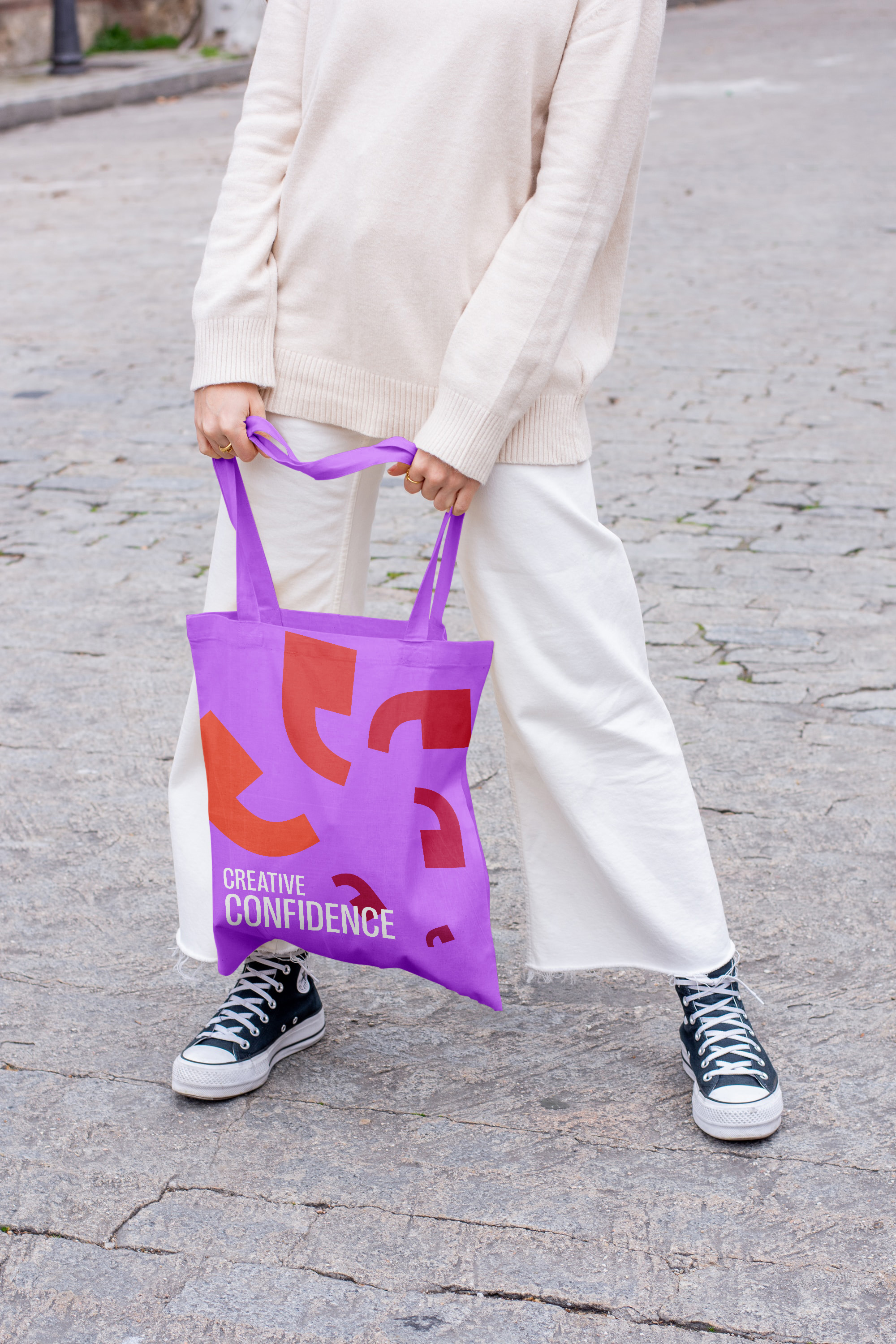
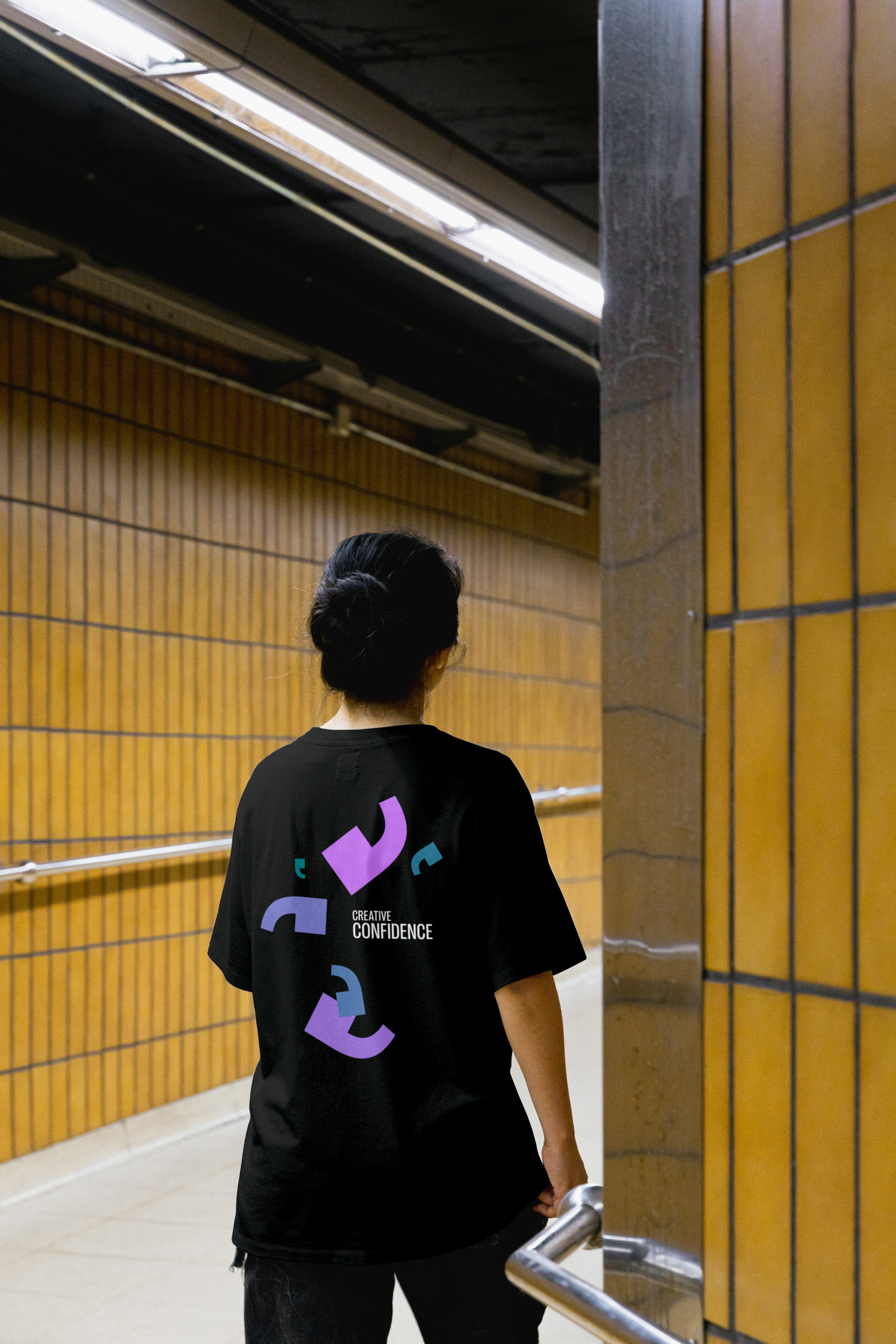
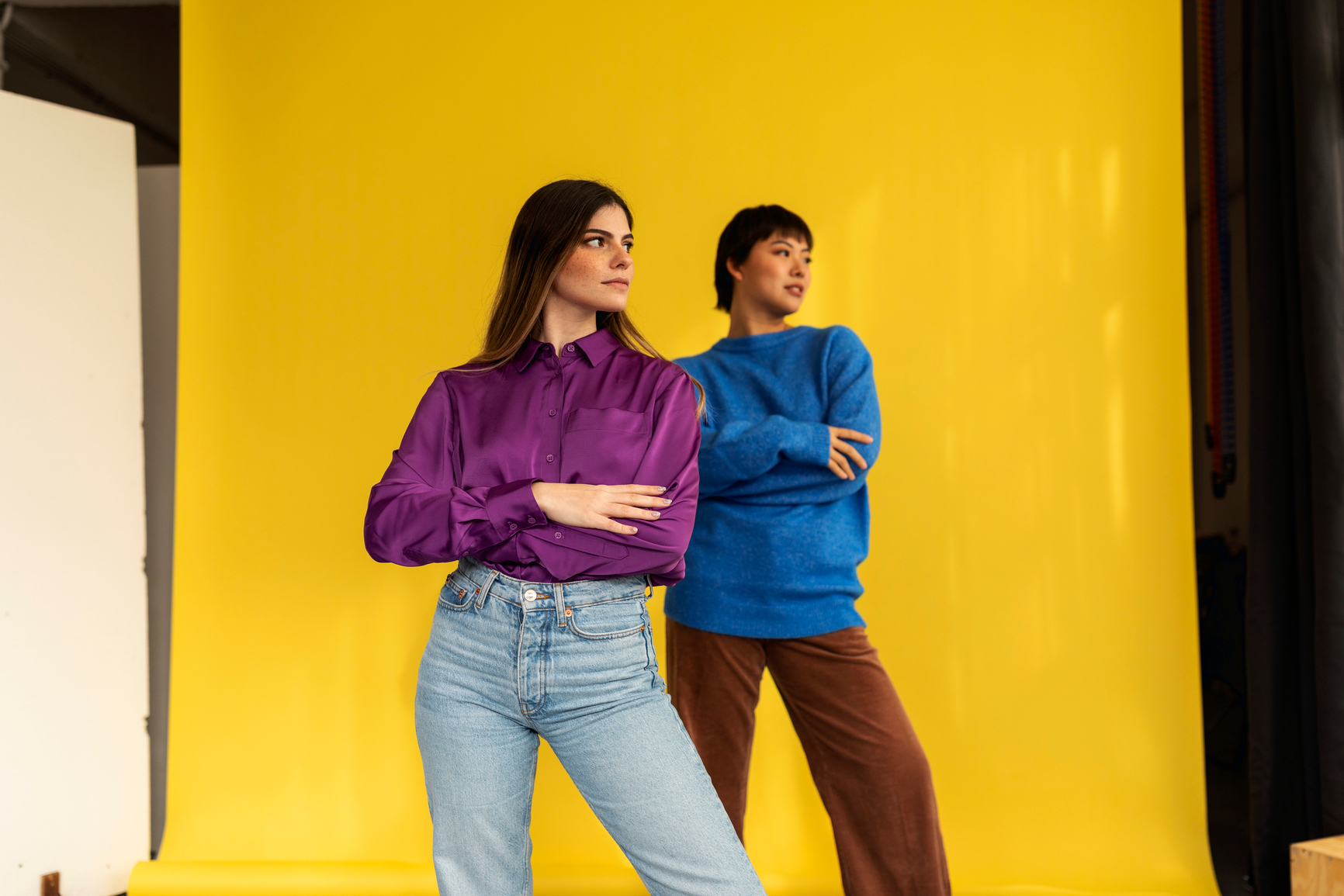
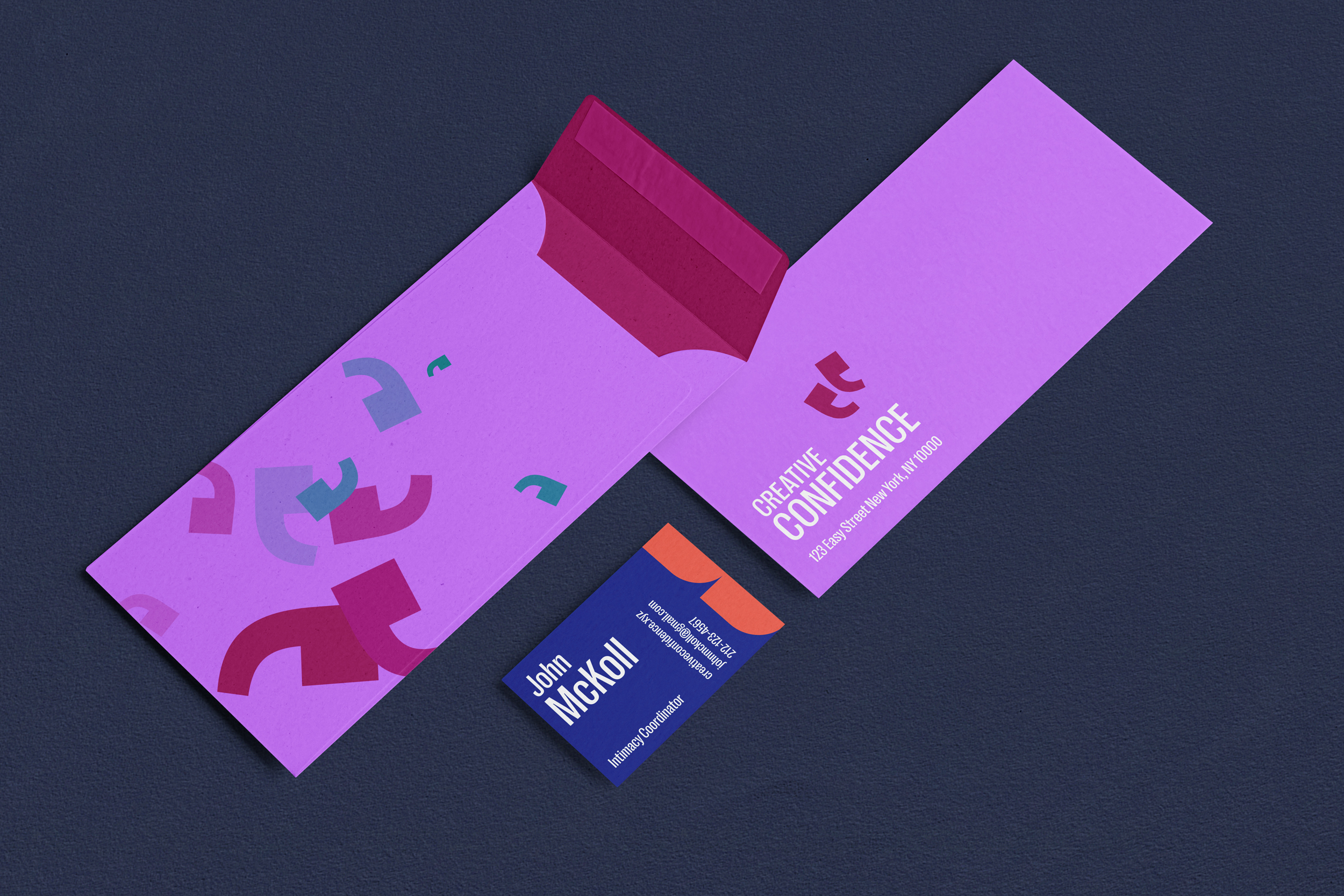


John McKoll, Intimacy Coordinator, Educator, and Founder of Creative Confidence, has worked with youth performers for over a decade. As he deepened his study of consent-based rehearsal practices—whether in intimacy coordination, fight coordination, or broader performing arts contexts—he noticed a recurring pattern: many teen performers weren’t accustomed to being offered agency in their creative process.
This realization inspired him to establish Creative Confidence: an organization dedicated to introducing consent-based performance practices to both students and educators in school and classroom settings.
While this work is often geared toward adult artists or college-level educators, Creative Confidence fills a vital gap by bringing these principles to younger performers and their teachers, fostering safer, more collaborative environments in secondary arts education.
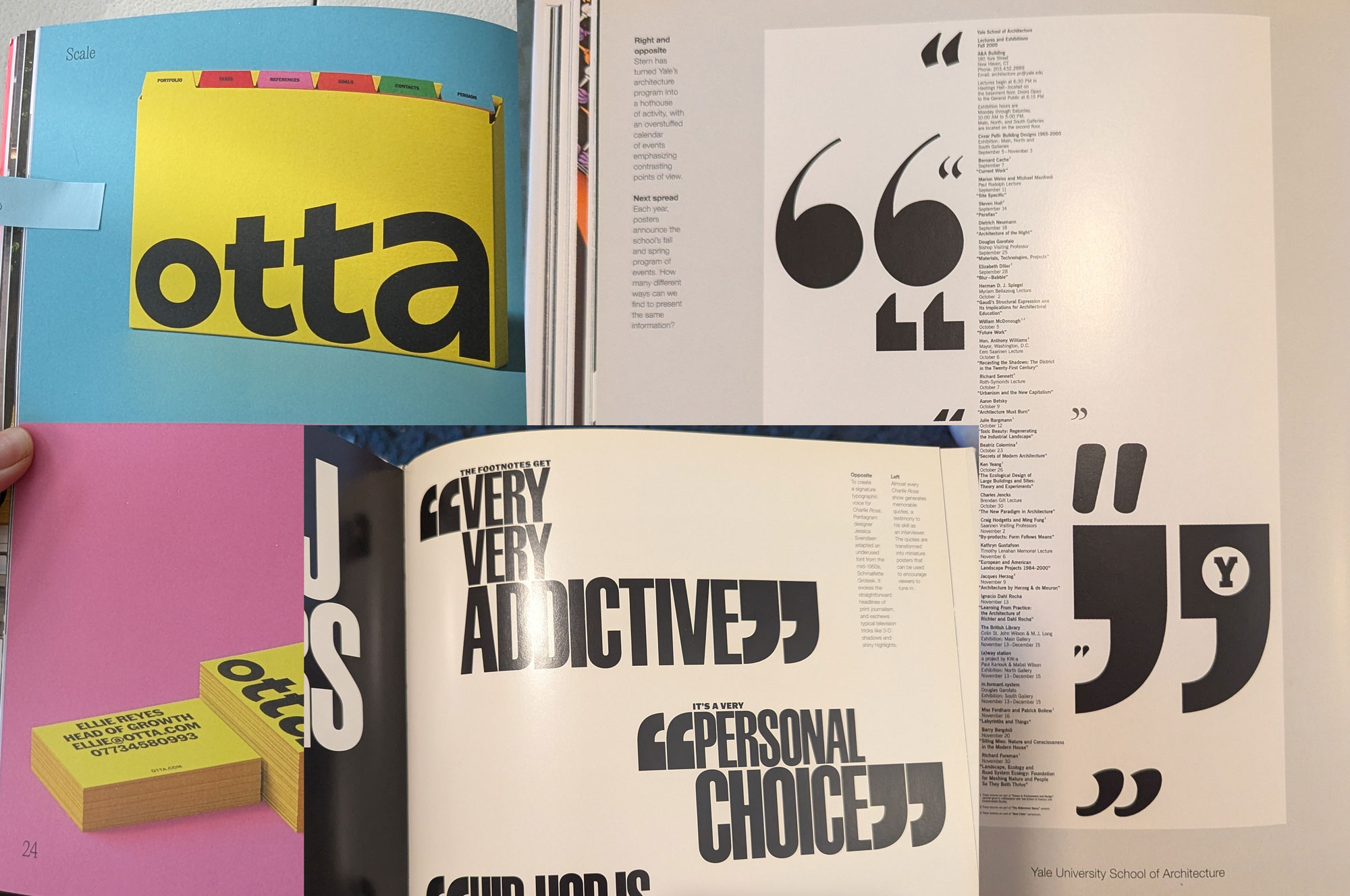
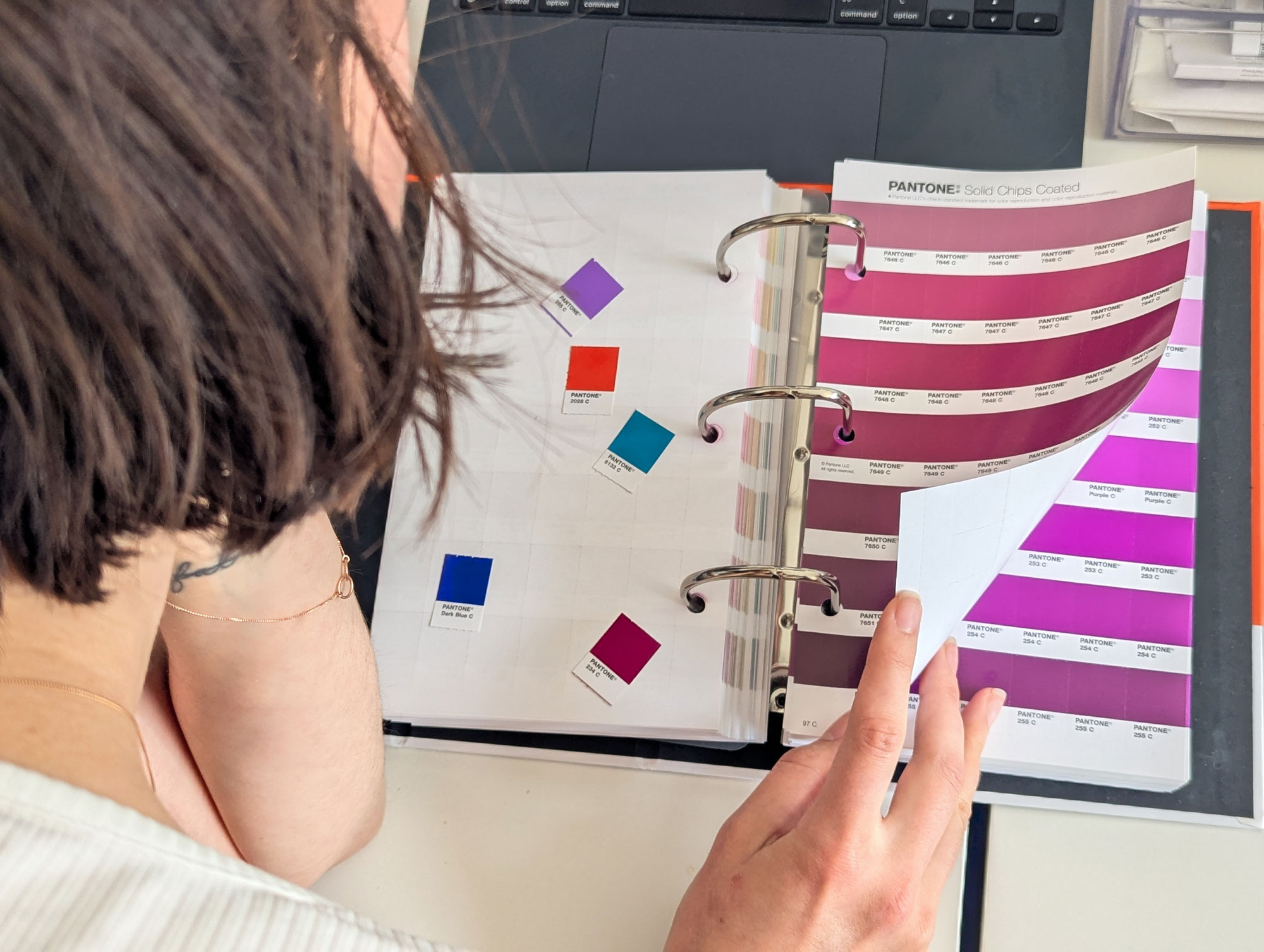
"A running joke [in the entertainment industry] is that kids and horses are the worst actors to work with," John said ruefully in our initial briefing stage.
"Many intimacy professionals (IP) don't want to work with minors for a variety of reasons. There are strict laws to navigate when working with minors; most of these are focused on the amount of time a minor can work and the kind of content they can do. Minors also sometimes need more care and consideration in scenes that don't typically get flagged for an IP by producers and directors. This can mean the IP needs to advocate a bit more for the performer and help affirm their boundaries. For example, if I'm working with a young performer on staging a kiss, perhaps they've never kissed anyone in real life and they are feelings some *big feelings* about the scene. There are tools and tactics to support the performer through this, but it takes a bit extra consideration in both planning and execution."
So how exactly do we build a brand identity for youth-acting intimacy coordination that instills trust from the get-go?
How much do we lean into the 'intimacy' theme of the work, given the regulations and taboos surrounding on-set abuse of minors in the entertainment industry?
How can we go beyond being reassuring, and aim to inspire confidence and even excitement for the stage?
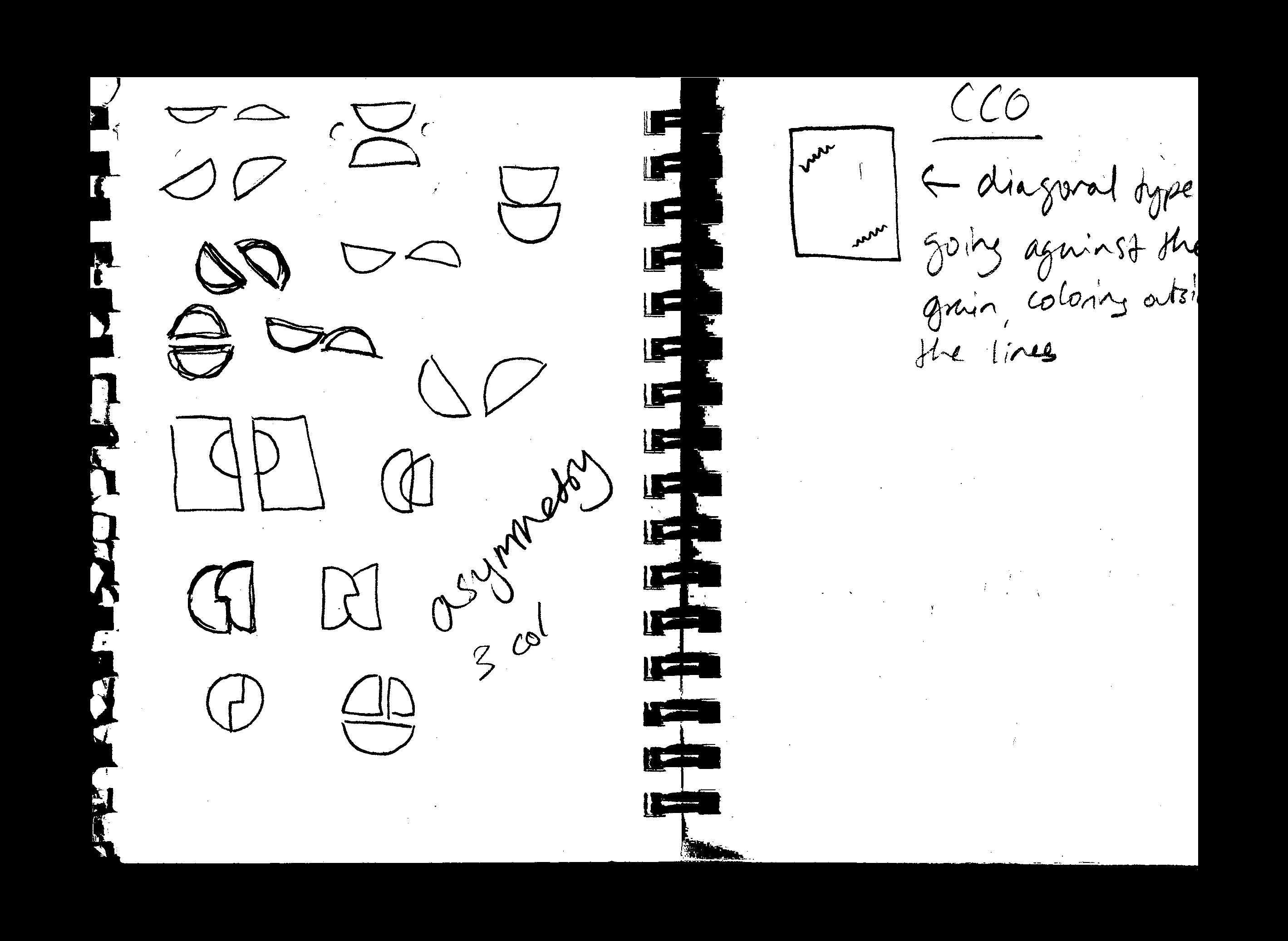
Like so many identities, the design of one came together slowly at first, then all at once. The breakthrough came when using quotation marks for the brand initials "CC" in a tilted fashion that reminded me of the symbolic comedy and tragedy masks. This led me to the work of Michael Beirut for Yale and PBS: all of those quotation marks standing out like a triumphant shout on the page, snapping together with headlines and text like tetris blocks.
I had my eye on a particular typeface: Pangram Pangram's Right Grotesk had the humanist (very nearly inktrap, but not gimicky) anatomical features I felt were essential to the brand voice while still being a versatile workhorse typeface in its functionality. The angled finials especially spoke to the "loud and proud" confidence we were aiming for.
The final puzzle piece: color. Forget the muted pastels and soft hues dominating the Intimacy Coordination space; Creative Confidence's palette reflects the energy John brings to his sets: curious, upbeat, and, above all, FUN. Enter a chorus of moody transitional hues: a purple, pink and orange all driving energetically towards red; a soothing teal bridging a novice-associated green with deep curtain blue; the blue leaning quietly back towards purple. The resulting palette is both unabashedly vibrant and emotionally sincere.
Added modularity from the quotation mark footprint and mix & match color combinations ensures that Creative Confidence has the visual toolbox it needs to reach cohorts of youth actors for years to come.